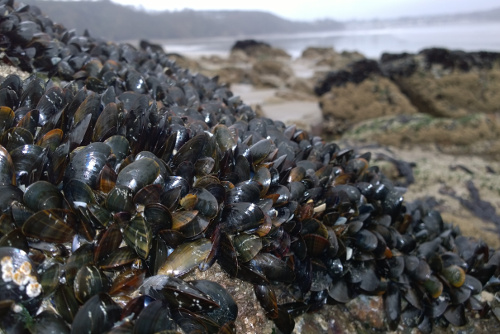Foraging for crabs and shellfish is an exciting and rewarding aspect of coastal foraging. Not only do these delicacies provide a tasty meal, but they also allow you to connect with nature in a hands-on way. Before you set out, it’s crucial to understand the basics of coastal foraging and to know the best practices for harvesting these marine treasures.
Understanding the Basics of Crabbing and Shellfishing
- Know the Regulations: Before you head out, familiarize yourself with local regulations regarding crabbing and shellfishing. Different areas have specific rules regarding the types of shellfish that can be harvested, size limits, and seasonal restrictions. Compliance is crucial for sustainable foraging.
- Choose the Right Time: The best times for foraging crabs and shellfish are during low tide when more of the shoreline is exposed. Research tide charts for your area to plan your trip accordingly. Early mornings or late afternoons can be particularly fruitful.
- Essential Gear: To successfully forage for crabs and shellfish, gather the necessary tools, such as:
- Crab traps or nets: Ideal for catching crabs, particularly in areas with rocky bottoms.
- Buckets or baskets: For collecting your finds.
- Shovels or trowels: Useful for digging up clams or other buried shellfish.
- Gloves: To protect your hands while handling shellfish and to ensure safety from sharp shells.
Tips for Finding and Harvesting Shellfish
- Identifying Shellfish: Learn to identify common edible shellfish species such as clams, mussels, oysters, and scallops. Consult local guides or resources to understand their habitats and distinguishing features.
- Harvesting Techniques:
- For Crabs: Use a crab trap baited with fish or chicken. Place the trap in a designated crabbing area and check it after 15-30 minutes. You can also catch crabs by hand, especially during low tide, by looking under rocks or in tide pools.
- For Shellfish: Dig in sandy or muddy areas where clams are likely to be buried. Use your trowel to carefully dig up the shellfish, taking care not to damage them.
- Handling Your Catch: Handle crabs gently to avoid injury from their claws. Keep your catch in a cooler with seawater or ice to ensure they remain fresh until you are ready to cook them.
Cooking Your Foraged Treasures
Once you’ve successfully foraged for crabs and shellfish, the next step is cooking. Here are a couple of simple methods to prepare your catch:
- Steaming Crabs: Fill a large pot with water and bring it to a boil. Place the crabs in a steamer basket over the boiling water, cover, and steam for about 20-30 minutes until they turn a bright orange color.
- Baking Shellfish: Preheat your oven to 350°F (175°C). Place cleaned shellfish in a baking dish, add some butter, garlic, and herbs, and bake for about 15-20 minutes or until they open.
Conclusion
Foraging for crabs and shellfish along the coastline can be a fun and fulfilling activity for anyone looking to connect with nature and enjoy fresh, delicious seafood. By understanding the regulations, choosing the right time, and employing the proper techniques, you can make the most of your coastal foraging adventures. So grab your gear, head to the shore, and enjoy the thrill of harvesting your own seafood!

